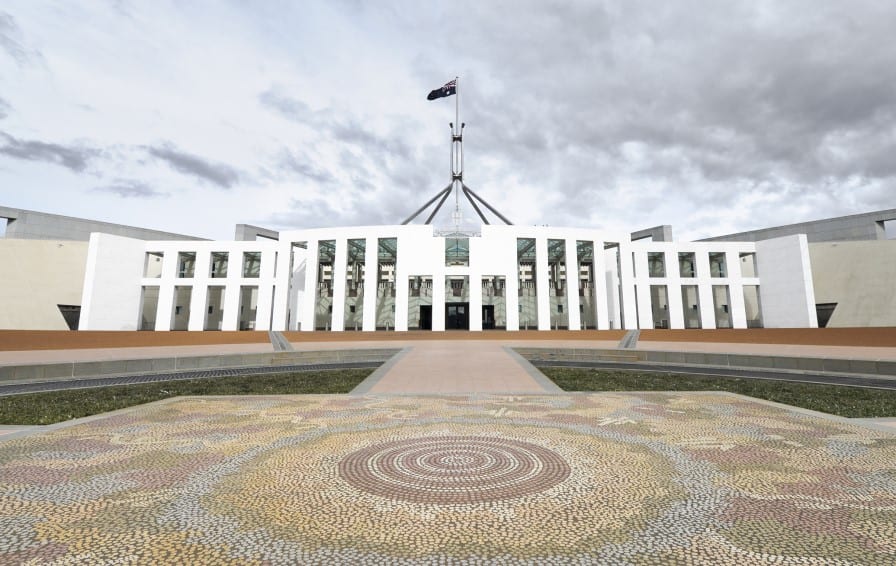Personal Taxation 2021 Budget Measures

Personal tax rates unchanged for 2021–2022
In the Budget, the Government did not announce any personal tax rate changes, having already brought forward the Stage 2 tax rates to 1 July 2020 in the October 2020 Budget. The Stage 3 tax changes will commence from 1 July 2024 as previously legislated.
The 2021–2022 tax rates and income thresholds for residents are therefore unchanged from 2020–2021:
- taxable income up to $18,200 – nil;
- taxable income of $18,201 to $45,000 – 19% of excess over $18,200;
- taxable income of $45,001 to $120,000 – $5,092 plus 32.5% of excess over $45,000;
- taxable income of $120,001 to $180,000 – $29,467 plus 37% of excess over $120,000; and
- taxable income of more than $180,001 – $51,667 plus 45% of excess over $180,000
Stage 3: from 2024–2025
The Stage 3 tax changes will commence from 1 July 2024 as previously legislated. From 1 July 2024, the 32.5% marginal tax rate will be cut to 30% for one big tax bracket between $45,000 and $200,000. This will more closely align the middle tax bracket of the personal income tax system with corporate tax rates. The 37% tax bracket will be entirely abolished at this time.
Therefore, from 1 July 2024, there will only be three personal income tax rates: 19%, 30% and 45%. From 1 July 2024, taxpayers earning between $45,000 and $200,000 will face a marginal tax rate of 30%. With these changes, around 94% of Australian taxpayers are projected to face a marginal tax rate of 30% or less.
Low income offsets: LMITO and LITO retained for 2021–2022
Low and middle income tax offset
The Government also announced in the Budget that the low and middle income tax offset (LMITO) will continue to apply for the 2021–2022 income year. The LMITO was otherwise legislated to only apply until the end of the 2020–2021 income year, meaning low-to-middle income earners would have seen lower tax refunds in 2022.
The amount of the LMITO is $255 for taxpayers with a taxable income of $37,000 or less. Between $37,000 and $48,000, the value of LMITO increases at a rate of 7.5 cents per dollar to the maximum amount of $1,080. Taxpayers with taxable incomes from $48,000 to $90,000 are eligible for the maximum LMITO of $1,080. From $90,001 to $126,000, LMITO phases out at a rate of 3 cents per dollar.
Consistent with current arrangements, the LMITO will be received on assessment after individuals lodge their tax returns for the 2021–22 income year.
Low income tax offset
The low income tax offset (LITO) will also continue to apply for the 2021–2022 income year. The LITO was intended to replace the former low income and low and middle income tax offsets from 2022–2023, but the new LITO was brought forward in the 2020 Budget to apply from the 2020–2021 income year.
The maximum amount of the LITO is $700. The LITO will be withdrawn at a rate of 5 cents per dollar between taxable incomes of $37,500 and $45,000, and then at a rate of 1.5 cents per dollar between taxable incomes of $45,000 and $66,667.
Self-education expenses: $250 threshold to be removed
The first $250 of expenditure on a prescribed course of education (i.e. education provided by a a school, university, college, etc.) is currently not deductible.
The Government will remove this restriction so that the first $250 of deductions for a prescribed courses of education will be allowable as a tax deduction.
Primary 183-day test for individual tax residency
The Government will replace the existing tests for the tax residency of individuals with a primary “bright line” test under which a person who is physically present in Australia for 183 days or more in any income year will be an Australian tax resident.
People who do not meet the primary test will be subject to secondary tests that depend on a combination of physical presence and measurable, objective criteria.
The new residency rules are based on recommendations made by the Board of Taxation in its 2019 report Reforming individual tax residency rules: a model for modernisation.
Child care subsidies to change from 1 July 2022
The Budget confirmed that the Government will make an additional $1.7 billion investment in child care. The changes will commence on 1 July 2022. This measure was previously announced on 2 May 2021.
Commencing on 1 July 2022, the Government will:
- increase the child care subsidies available to families with more than one child aged 5 and under in child care by adding an additional 30 percentage point subsidy for every second and third child (stated to benefit around 250,000 families); and
- remove the $10,560 cap on the Child Care Subsidy (which the Government expects to benefit around 18,000 families).
